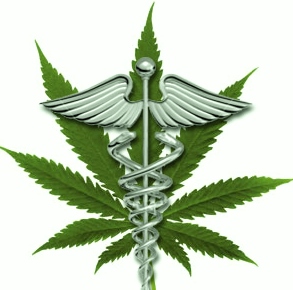Any ideas or dreams of profit and competition for CVS Caremark Corp., Walgreen Co., and Rite Aid Corp. will not be coming true anytime soon. Even though 21 states have legalized pot for medical use, the drug is still currently illegal under federal law. Because of this, banks are hesitant to accept any money from the sale of marijuana; thus, leaving the market to local entrepreneurs.
As long as marijuana is classified as a Schedule 1 drug, pharmacies will not be able to sell medical marijuana legally. According to an article by Bloomberg’s Shannon Pettypiece and Sonali Basak, “The drug is classified as a Schedule I controlled substance, defined as having a high potential for abuse with no accepted medical use.” The article goes on to say that “Schedule 1 drugs, which includes heroin, can’t by law be prescribed or dispensed.”
In order for pharmacies to be able to dispense controlled substances, it must be registered with the U.S. Drug Enforcement Agency. All three major pharmacies, Walgreen, CVS, and Rite Aid have announced separately that they have no intentions of selling medical marijuana, which would jeopardize their company’s registration with the DEA.
According to Bloomberg Industries analyst Brad Barker, “That may change if the U.S. Congress sees taxes on the drug as a way to raise money.” If more products were made that were approved by federal regulators, more pharmacies might be able to sell medical marijuana. For example, Marinol is an approved prescription pill made with synthetic cannabinoid for the purpose of treating nausea caused by chemotherapy.
As far as investing, three states do allow medical marijuana companies to make a profit from the sale of pot. Shareholders have already begun investing in publically traded marijuana companies. Others, such as large industries and the larger pharmaceutical companies are looking into it in order to be prepared for when legalization occurs.
According to Bloomberg, “Until legalization or more products are marketed by pharmaceutical companies, it will be an industry dominated by small dispensaries set up to serve about 1.4 million medical marijuana cardholders using the drug to treat their symptoms.”
For now, traditional pharmacies are forced to watch from the sidelines while entrepreneurs make considerable gains. Entrepreneur Khalatbari, in an interview with Bloomberg, says that “We’re making money, we’re employing people, we’re being a beacon of light for this industry and showing it can be done professionally. That to me is a success.” Khalatbari expects to make $2 million in sales this year.



